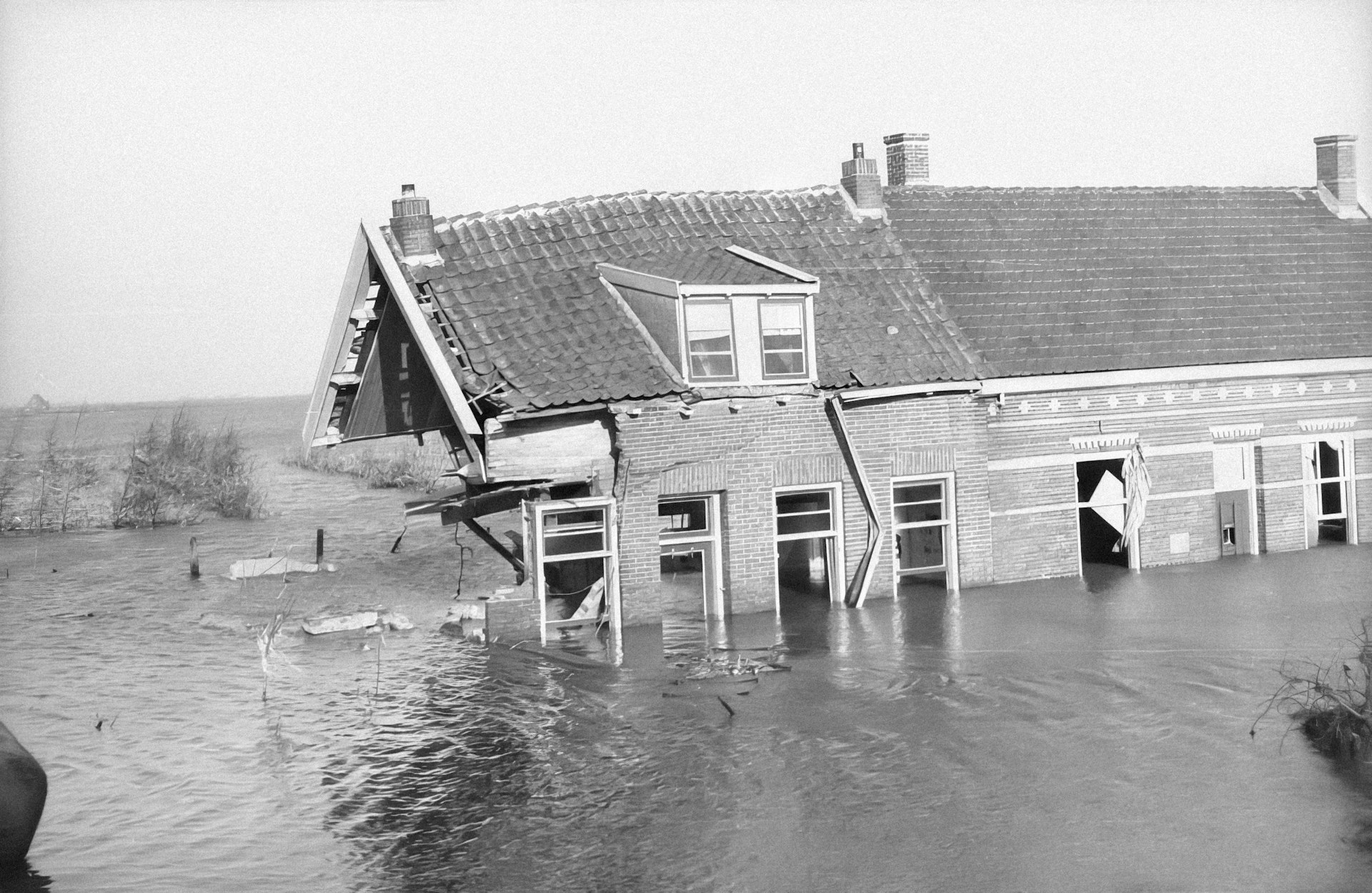Floods can be overwhelming and devastating, leaving you wondering how to begin the cleanup and restoration process. Acting quickly is critical—not only to limit damage but also to protect your home and health. This guide will walk you through the essential steps of flood restoration, helping you understand what to do and when to call in professional help.
Whether you’re dealing with a burst pipe or a natural disaster, regaining control after a flood starts here.
Why Quick Action Matters
When water invades your home, time is of the essence. The longer water sits:
- Walls and floors can weaken or collapse.
- Mold and bacteria start growing, putting your health at risk.
- Damage increases, making repairs more expensive and time-consuming.
Starting the restoration process as soon as possible ensures you salvage what you can and reduce long-term harm.
The Flood Restoration Process
Restoring a home after a flood requires a structured plan. Here are the key steps to follow:
1. Assess the Damage
Before doing anything hands-on, evaluate the scope of the damage:
- Check which areas are affected by water.
- Look for signs of structural damage or hazards like exposed wiring or gas leaks.
- Take photos and document everything for insurance purposes.
Pro Tip: Safety first! Avoid entering flooded areas until you’ve confirmed they’re safe. Wear protective gear, like gloves and boots, to prevent exposure to harmful contaminants.
2. Water Extraction
The next step is removing standing water from your home. Quick extraction minimizes additional damage and prevents mold from taking hold.
Key methods professionals use include:
- Powerful pumps for large volumes of water.
- Wet/dry vacuums for smaller areas.
- Specialized tools to detect trapped water behind walls or under floors.
If you’re attempting this step on your own, use mops or shop vacuums, but avoid using household electrical equipment in wet areas.
3. Drying and Dehumidification
Even after water removal, moisture can linger in walls, carpets, and furniture. Effective drying is essential to prevent mold and rot.
Here’s how to speed up the process:
- Open windows and doors to promote airflow.
- Use fans and dehumidifiers to eliminate moisture.
- Remove wet carpets and rugs to dry separately if possible.
Professional-grade equipment can dry spaces more thoroughly than household tools, so consider calling experts for areas with persistent dampness.
4. Cleaning and Sanitizing
Floodwaters often contain bacteria, dirt, and other contaminants. Proper cleaning is crucial to restore your home’s safety and hygiene.
Steps to follow:
- Disinfect hard surfaces with appropriate cleaners.
- Wash fabrics like curtains or upholstery using high-temperature settings or specialized treatments.
- Dispose of porous materials, like insulation, that can’t be adequately cleaned.
For serious contamination risks (e.g., sewage water), it’s best to contact restoration experts.
5. Restoration and Repairs
The final stage is rebuilding and restoring your home:
- Repair structural damage, such as broken walls or sagging ceilings.
- Replace flooring or drywall that cannot be salvaged.
- Repaint walls and bring furniture back once the space is fully clean and dry.
This step can range from a few small repairs to a complete remodel, depending on the extent of the damage.
Tips for Homeowners After a Flood
Recovering from a flood can feel overwhelming, but taking the right steps immediately will make a big difference:
- Turn Off Power and Gas: Shut these off in flooded areas to prevent accidents.
- Contact Your Insurance Provider: Notify them quickly to start the claims process. Provide photos and an inventory of damaged items.
- Avoid DIY for Serious Damage: While small cleanups are manageable, major floods may have hidden risks. Calling professionals ensures safety and effective restoration.
- Monitor for Mold Growth: Even weeks after cleanup, check for signs of mold or musty odors.
Lastly, keep an emergency kit on hand to prepare for future events. It’s always better to be ready for the unexpected.
When to Call a Professional
Some cleanup tasks are manageable on your own, but certain situations call for expert help. Contact a restoration company if:
- Water has seeped into structural elements (e.g., support beams).
- Mold is already visible or suspected.
- Floodwaters contain sewage or hazardous materials.
- The damage affects multiple rooms or floors of your home.
Professionals use advanced tools, such as industrial drying equipment and infrared moisture detectors, to ensure your home is restored safely and thoroughly. Many also work directly with insurance companies, reducing your stress during an already challenging time.



13 Comments